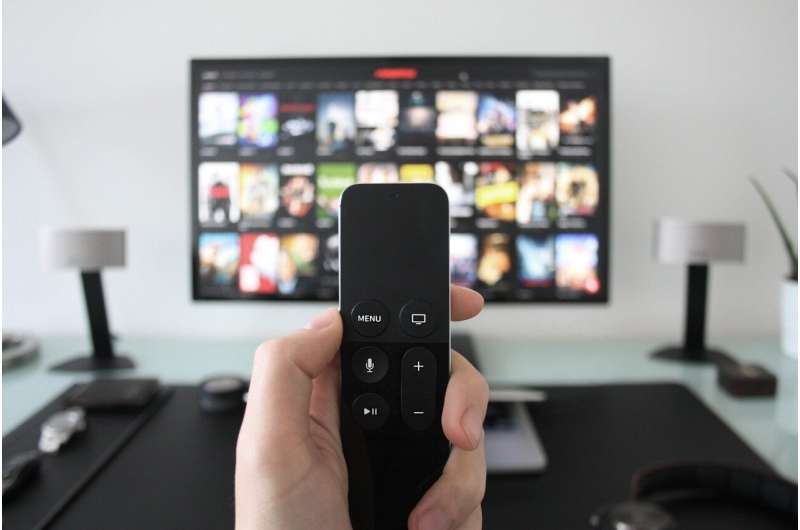TV advertisers can measure the impact of their spots with second-screen searching

Researchers from the University of Houston, University of Minnesota, and University of California-San Diego published a new paper in the Journal of Marketing, which finds that TV ads lead to a variety of online responses and that advertisers can use these signals to enrich their media planning and ad evaluations.
The study, forthcoming in the July issue of the Journal of Marketing titled "Immediate Responses of Online Brand Search and Price Search to TV Ads," is authored by Rex Du, Linli Xu, and Kenneth Wilbur.
Media producers are hard-pressed to capture viewers' full attention because 178 million Americans regularly use a second-screen device while watching TV. On the other hand, ready access to a second screen empowers TV viewers to take immediate actions after seeing an ad, such as search for product reviews and prices, express opinions on social media, or place an order on the advertiser's website.
This phenomenon has the potential to allow TV advertisers to link post-ad spikes in online activities to the individual TV ads that caused them. This is important to marketers who seek to be able to link their dollars spent on ads to consumer activities, including sales at the cash register. Armed with such insights, advertisers can then use these measures to assess the relative effectiveness of ad spots and to improve ad copy and media placement decisions. The ultimate goal is to improve the cost-effectiveness of TV as an advertising medium. A new study in the Journal of Marketing explores the inner workings of this phenomenon to empower advertisers with the tools they need to make these important choices.
The researchers present a rigorous, yet practical, framework that links TV ad insertions to minute-by-minute online search. Du explains that "Our research offers several key takeaways. First, for both brand search and price search, there is a detectable spike immediately after a regular ad insertion, be it on national or local TV. Second, nearly all of the immediate response occurs within five minutes of an ad insertion. Third, besides generating immediate own-brand searches, national TV ad insertions also lead to significant competitor-brand searches but little competitor-price searches. Fourth, national spots appear to be more cost-effective at generating immediate brand search response, whereas local spots appear to be more cost-effective at generating immediate price search response."
However, the findings about divergent effects of broadcast/cable, weekend/weekday, national/local, and ad creative characteristics on brand versus price search are a caution to advertisers against relying on any single immediate online response metric to assess their ads. "There is not likely a media plan or ad creative that is optimal for all types of online response," says Xu. Wilbur continues, "Our proposed framework for modeling behavioral response at the minute level is transparent and readily replicable. Advertisers, agencies, and networks can use our method to include website traffic, online transactions, social media activities or other important behavioral indicators that vary at the minute level."
More information: Rex Yuxing Du et al, Immediate Responses of Online Brand Search and Price Search to TV Ads, Journal of Marketing (2019). DOI: 10.1177/0022242919847192
Journal information: Journal of Marketing
Provided by American Marketing Association


















